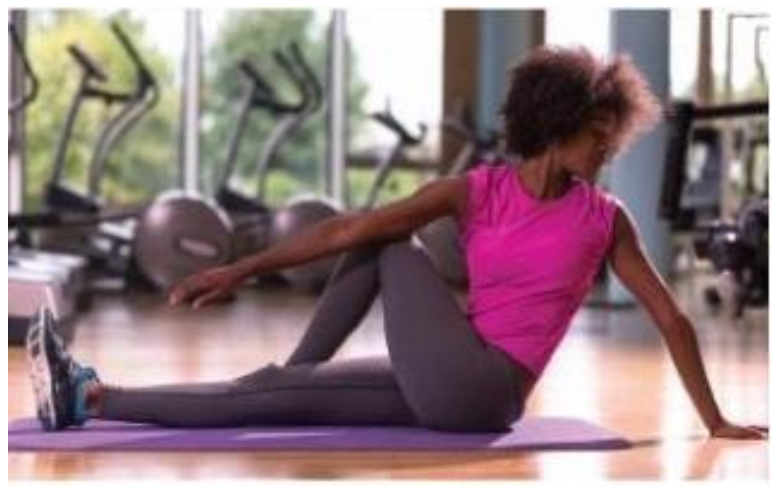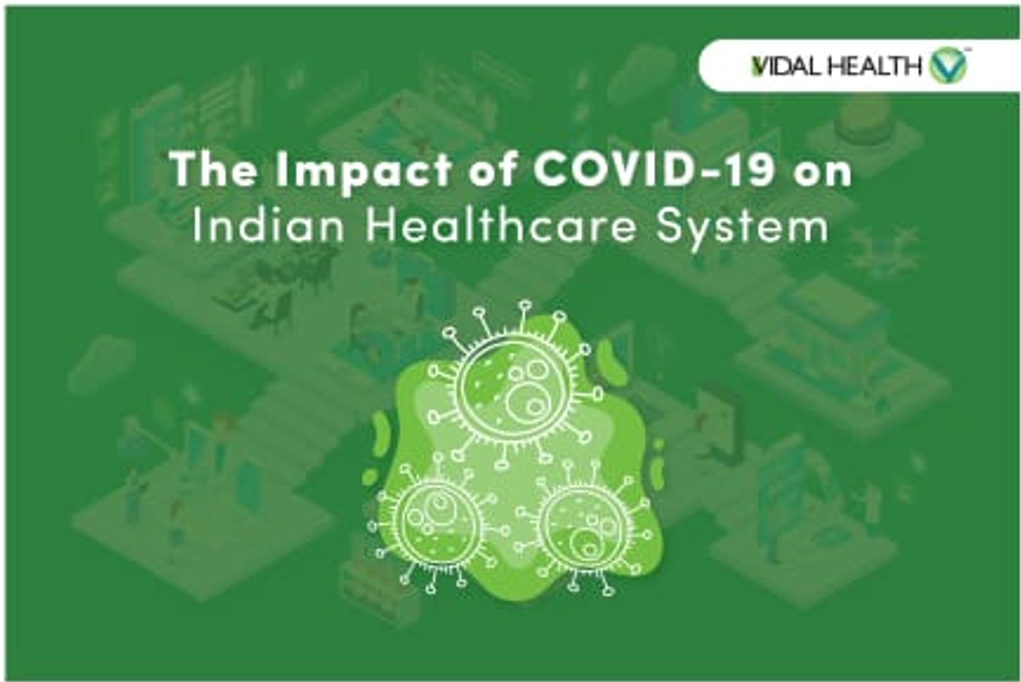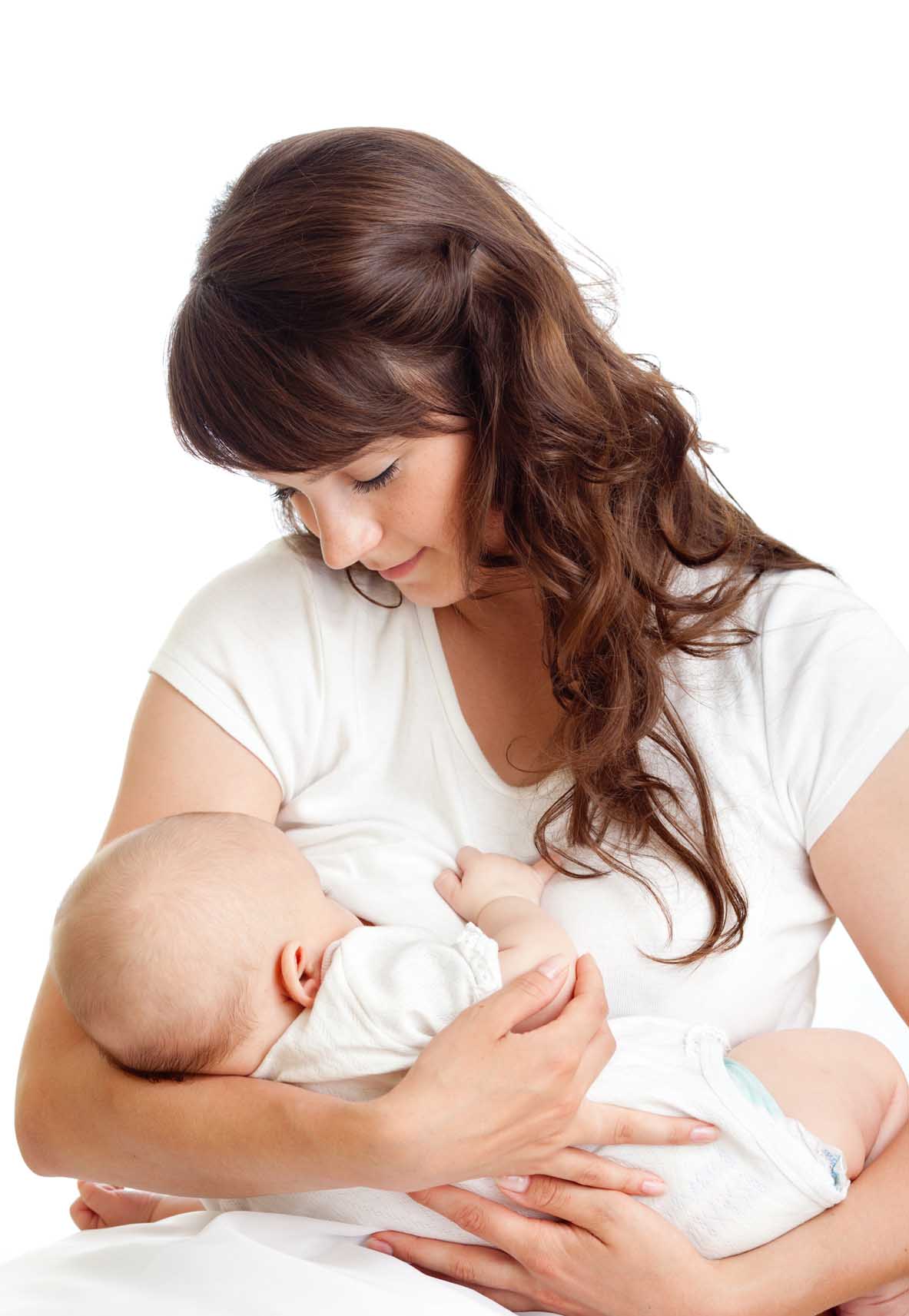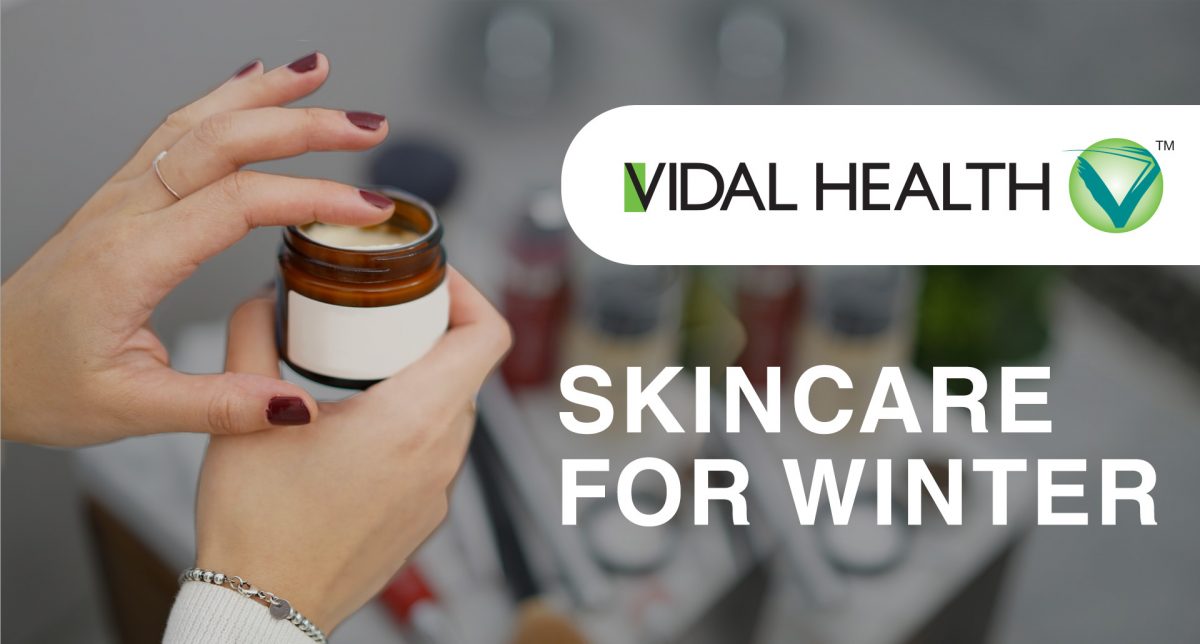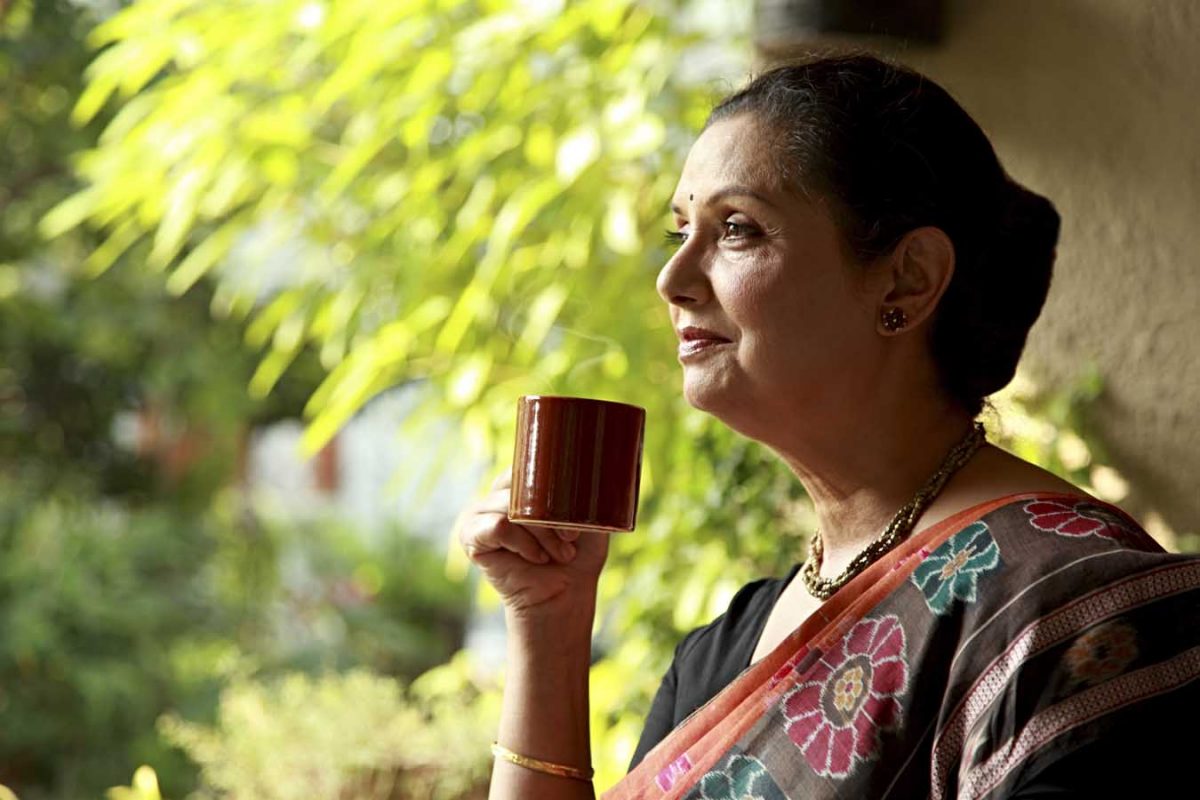Exercise is one of the best things you can do to contribute to your health and well-being. No matter your age or stage in life, there are many healthy reasons to exercise and many exercises you can participate in. Keep reading to learn why fitness is for life and tips to help you at each stage!
The primary reason that exercise should be a lifetime activity is due to its benefits. Exercise strengthens the heart, lungs, bones and muscles. It can help the body more effectively use glucose and may help clear veins and arteries of cholesterol build-up. Additionally, exercise may help you control your weight, feel happier, and improve your outlook, balance and coordination, brain function, energy levels and quality of sleep. Consequently, exercise may help reduce the risk of serious health issues such as diabetes, cardiovascular disease and cancer, as well as the chance of cancer recurring.
Exercise tips for children (3-5 years)
- Children should be active as much as possible throughout the day to help them grow strong and encourage healthy habits.
- Find multiple activities your child enjoys—the greater the variation, the better for the growth and development! Making exercise fun is important to engage this age group in physical activity.
- Be a role model and participate in the activities with your children instead of being spectator.
Exercise tips for adolescents (6-17 years)
- Adolescents also need a variety of activities. This includes at least 60 minutes of activity daily, which should include resistance and bone-strengthening activities on at least 3 days per week.
- Organized sports through the school or community teams are a convenient way to help this age group stay active as well as learn the importance of teamwork and sportsmanship. Technology often inhibits this age group from being active. Set a good example—make being active part of your daily life to encourage them to do the same.
Exercise tips for adults (18-64 years)
- Aim to get at least 150 to 300 minutes (5 hours—or an hour on most days a week) of moderate-intensity exercise each week, like brisk walking, or 75 to 150 minutes of vigorous exercise each week such as running or hiking uphill.
- Build up beyond 300 minutes—gradually. Take your time to build your strength and endurance with exercise. The more physical activity you do, the greater the benefits experienced, but doing too much too soon can be dangerous!
- Include strengthening activities to work all of your muscles.
Exercise tips for older adults (65+ years)
- In addition to the tips above, if you fall into this age group it is important to incorporate balance exercises to improve your coordination. This is important to include as it may help reduce falling. Yoga and Pilates are great exercises to try.
- When selecting exercises, choose those that will help you become more efficient in your everyday activities.
- Consider your activities carefully based on your fitness level and if you have any chronic conditions or other health issues that could affect your ability to exercise.
Start enjoying the benefits of exercise today—plan your workout routine with the tips that apply to you and your family!
Remember, talk to your doctor before beginning to exercise or prior to trying any new exercises. It is important to choose activities that are safe for you and your situation.
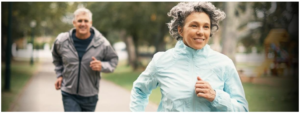

Arrange your work station for optimum comfort. You can reduce strain on your neck, shoulders, elbows, wrists and back by properly positioning your computer, keyboard and chair. Keep the top of your computer monitor slightly below eye level and positioned an arm’s length away. Place your keyboard and mouse to keep your wrists straight, and try using a padded wrist rest. Adjust your chair to keep your feet flat on the floor, knees level with your hips. Consider using a foot rest or a lumbar support pillow placed in the curve of your back.

Change working positions. Go from seated to standing, for example. Check to see if a standing platform desk is an option—some models can be adjusted from sitting to standing height.
Keep only healthy snacks on hand. When the munchies strike mid-afternoon, reach for these items to avoid the vending machine: Single-serve bags of popcorn, individually-wrapped dark chocolate squares, juice boxes that contain 100% fruit juice, unsalted nuts, granola or trail mix. And always have a filled water bottle handy— a few sips can often satisfy a snack attack and even help perk you up!
Declutter your desk—and computer— for better focus. Make a To-Do folder for any paperwork or reports you need to address and file or toss any other papers that have piled up on your desk. Create a system of folders and make sure that all files make it into a folder. And if there are files or programs you don’t regularly use, consider making a folder for them, too. Don’t forget to clear out your inbox!
Put a reminder on your computer to take regular stretch breaks. Movement can help relax tissues, lubricate joints, prevent stiffness, improve circulation, reduce fatigue and protect against long-term damage. Plus, it can increase your comfort and productivity. Even when you are pressed for time, at least take a break to do these five stretches:
- Stretch Upwards: Sit up straight, raise your arms straight above you, and gradually stretch your upper body to be as tall as possible; hold position for a few seconds.
- Neck Rotation: Slowly rotate your head as far as comfortable to the right, then the left.
- Shrug: Slowly raise your shoulders toward your ears and hold for a few seconds. Gradually bring shoulders down and relax.
- Shoulder Squeeze: Pull elbows back, squeezing shoulder blades together. Hold for a few seconds, then release. /li>
- Wrist Flex: With your elbows placed on your desk, use your left hand to gently bend your right hand back toward your forearm. Hold for a few seconds, and then relax. Repeat with the other hand.
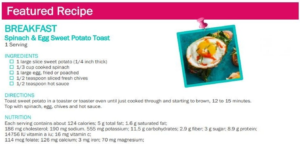
Disclaimer: Content is sourced from public domain & is provided by Vidal Health for educational & informational purposes. It should not be considered as a substitute to medical advice. Vidal Health makes every effort to ensure accuracy or completeness of editorial content, however we do not take responsibility for any errors, omission & also do not take responsibility to ensure that data, information of material is kept up to date. The views expressed in these articles are not necessarily those of Vidal Health. Reproduction, modification, storage in a retrieval system or retransmission, in any form or otherwise, for reason other than educational & for informational purposes are strictly prohibited without prior written permission of Vidal Health.
Corporate Office- Vidal Health Insurance TPA Pvt Ltd. First Floor, Tower No. 2, SJR I-Park, EPIP Zone, Whitefield, Bangalore – 560066
E-mail: customerservice@vidalhealth.com




